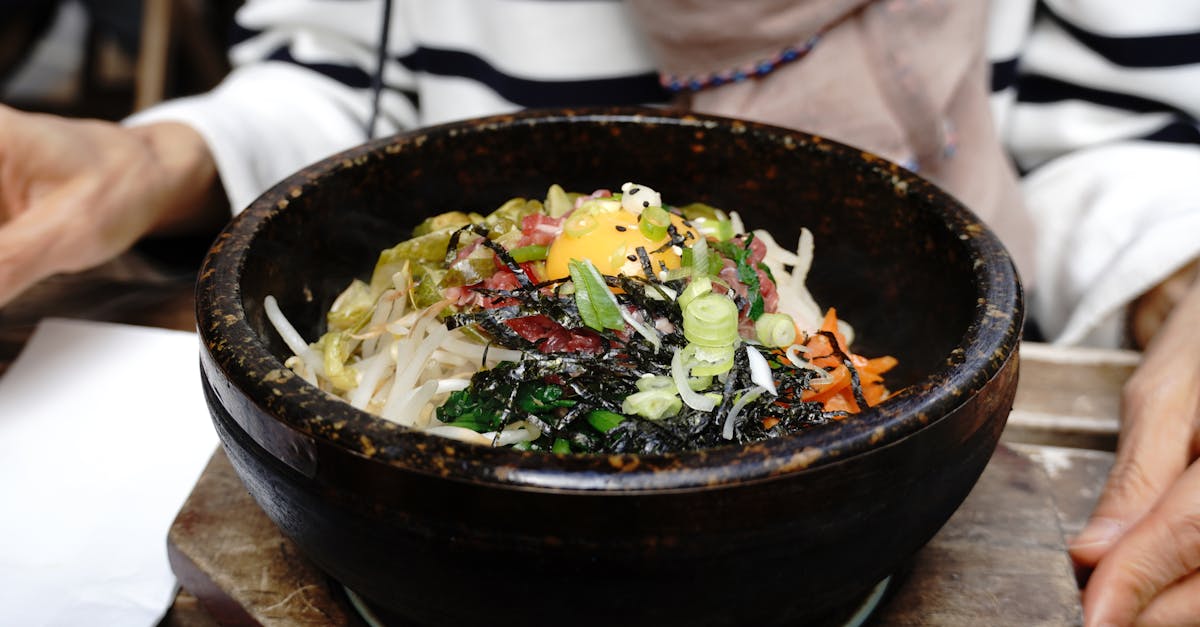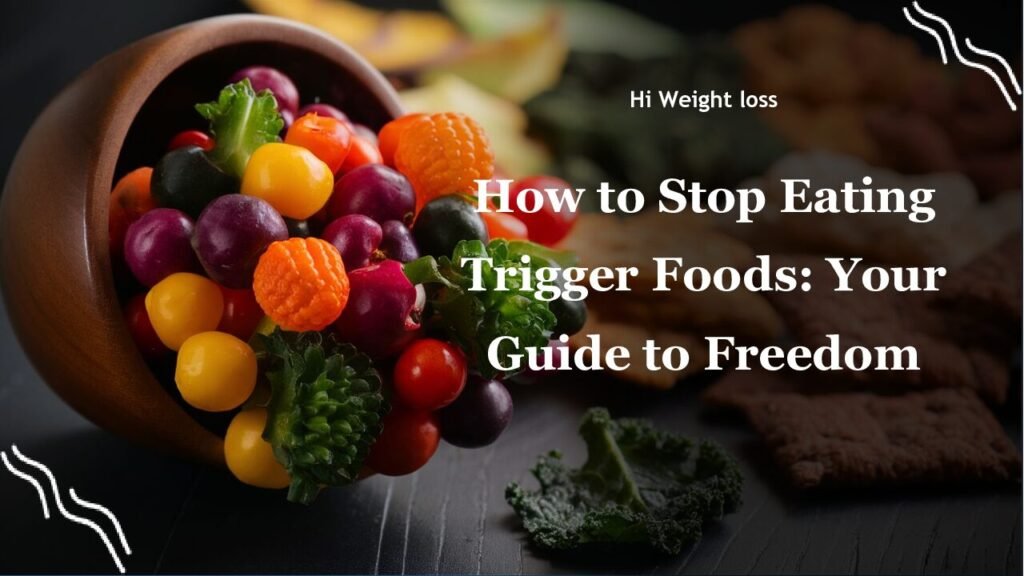“`
Do you ever feel like certain foods have a hold on you, driving you to eat even when you’re not truly hungry? You’re not alone. Many struggle with trigger foods that can lead to overeating and feelings of guilt. Fortunately, there are actionable strategies you can implement to break free from these patterns and develop a healthier relationship with food, and this article will explore methods to help you stop eating trigger foods, manage cravings and ultimately improve your overall wellbeing.
How to Stop Eating Trigger Foods?
Understanding Your Trigger Foods
Identifying what your trigger foods are is the first step to regaining control. These are foods that spark intense cravings and often lead to overeating. For some it may be sugary treats, for others it might be salty snacks. My own trigger is anything potato chip related – I can easily polish off a whole bag in one sitting if I’m not careful! What are yours?
Recognizing these foods is not just about naming them but also understanding what drives you to crave them. Are they linked to stress, boredom, or particular social situations? The more you understand, the more equipped you’ll be to manage them. This self-awareness is key to moving beyond simply reacting to cravings and consciously making different choices. This process is called identifying your triggers; understanding the “why” behind your cravings as much as knowing the “what”.
The Power of Mindful Eating
Mindful eating is not about restricting what you eat; it’s about changing how you eat. It’s about paying attention to the experience of eating. Instead of inhaling your food while distracted by your phone, try slowing down and noticing the textures, smells, and flavors of each bite.
Have you ever eaten a bag of popcorn at the movies and not even remember tasting it? That’s the opposite of mindful eating! When we eat mindfully, we become more aware of when we are full and satisfied, which can prevent overeating. This practice helps you distinguish between emotional hunger and genuine physical hunger, enabling you to make more intentional food choices. According to musiccitynutritionandwellness.com, mindful eating is a powerful tool in managing food cravings.
Exposure Therapy: Reintroducing Trigger Foods
It may sound counterintuitive, but exposure therapy can actually help you with your trigger foods. The idea is to gradually reintroduce small portions of your trigger foods back into your diet. Don’t think of it as a free-for-all, though! The key is to do this with mindful intention, savoring each bite, and paying attention to your body’s response.
I remember when I first tried this with my kryptonite, potato chips. I bought a small bag and instead of eating the whole thing absentmindedly while watching a movie, I poured out a small serving into a bowl. I ate each chip slowly, focusing on the crunch and the saltiness. The experience was very different from my usual mindless munching. Over time, the pull of chips lessened; they no longer held that same power over me. This approach, detailed in an article by exercisecoach.com, can help desensitize you to the emotional charge these foods may have.

Embracing Food Neutrality
A major shift in your relationship with food can happen when you start to view all foods as neutral. When we label foods as “good” or “bad,” it can create a sense of deprivation and guilt. This can ironically intensify the cravings for “forbidden” foods. This concept of food neutrality challenges the idea of “guilty pleasures”, where certain food items become the subject of emotional restriction and consequent overconsumption.
By seeing all foods as simply sources of fuel, you can eliminate that negative emotional charge, giving you more freedom in your choices. This approach helps to reduce the emotional rollercoaster tied to food, promoting a more balanced and relaxed attitude toward eating. According to musiccitynutritionandwellness.com, this change in perspective can be transformative.
Healthier Substitutions
Replacing trigger foods with healthier alternatives is a practical and effective strategy. If you crave sweets, try unsweetened dried fruit or a piece of dark chocolate. If salty snacks are your weakness, consider baked kale chips or lightly salted nuts. The goal isn’t to deprive yourself, but to find satisfying replacements that are more nourishing.
My friend Sarah replaced her usual afternoon candy bar with a small container of Greek yogurt with berries and a drizzle of honey. She found it satisfied her sweet craving and also kept her fuller for longer. These simple swaps can make a big difference in managing your cravings and avoiding the pitfalls of trigger foods. The key is to experiment and find healthier substitutes you genuinely enjoy.
The Importance of Ongoing Mindfulness
Staying mindful of your eating habits is an ongoing process. Keeping a food journal can be incredibly insightful. Write down not just what you eat, but also how you feel before, during, and after. This practice can help you identify patterns and understand how your emotions influence your food choices.
Working with a dietitian or joining a support group can provide additional accountability and guidance. Remember that managing trigger foods is a journey, not a destination. Focus on making small, sustainable changes rather than expecting instant results. healthline.com suggests that maintaining accountability is crucial for long-term success.
Stress Management
Stress and overeating often go hand-in-hand. When we are stressed, our bodies produce cortisol, which can increase appetite and cravings, particularly for comfort foods. Finding healthy ways to manage stress is crucial in breaking the cycle of emotional eating. What activities do you enjoy that help you de-stress?
Incorporating activities like exercise, yoga, meditation, or deep breathing into your daily routine can significantly reduce stress levels. For me, taking a walk in nature or spending 10 minutes doing breathing exercises really help curb cravings that come from anxiety. By managing stress effectively, you can reduce your reliance on food as a coping mechanism. Remember, nurturing your mental well-being is just as crucial as nourishing your body. According to healthline.com, stress management is key to avoiding overeating.
Practical Strategies
To help solidify these concepts, consider these concrete steps that will assist you in overcoming your trigger foods:
| Strategy | Description | Actionable Steps |
|---|---|---|
| Identify Triggers | Recognize emotional, environmental, and physical triggers. | Keep a log of when you crave trigger foods and note the circumstances. |
| Mindful Eating | Focus on the experience of eating, tune into hunger cues. | Eat slowly, put down your fork between bites, and minimize distractions. |
| Exposure Therapy | Gradually reintroduce trigger foods in small portions. | Purchase a small serving size of your trigger food and eat it slowly. |
| Food Neutrality | View all foods as neutral, not “good” or “bad”. | Remove labels from food and focus on their nutritional value. |
| Healthier Swaps | Replace trigger foods with more nutritious options. | Identify healthier alternatives to your go-to trigger foods. |
| Ongoing Mindfulness | Track emotional and physical experiences with food. | Keep a food journal and stay accountable by seeking support. |
| Stress Management | Reduce stress levels to decrease appetite and cravings. | Incorporate stress-reducing activities into your daily routine. |
Conclusion
Overcoming trigger foods is not about strict diets or deprivation; it’s about building a healthy and mindful relationship with food. Remember the story about my friend Sarah who substituted her afternoon candy bar with Greek yogurt and berries? That’s a great example of a simple change leading to positive results. By implementing the strategies we’ve discussed, like understanding your triggers, practicing mindful eating, using exposure therapy thoughtfully, and managing your stress, you can break free from the patterns of emotional eating and cultivate a more peaceful relationship with food.
It’s not about perfection, it’s about progress. Each step you take, each mindful choice you make, moves you closer to a healthier you. Share this article with a friend who could benefit, and let’s all take a step towards a more balanced and enjoyable approach to food. What’s one small action you’ll commit to today to help you on your journey?
FAQ
What are trigger foods and why do they affect me so strongly?
Trigger foods are items that elicit strong cravings and often lead to overeating due to emotional or psychological associations. These foods can be tied to specific memories, emotions, or stressful situations.
How long does it take to see results when managing trigger foods?
There is no exact timeline, it is a personal journey. Some people may experience a difference in a few weeks, while others may take longer. The key is to be patient, consistent, and compassionate with yourself. It’s about gradual progress, not perfection.
What are some practical ways to implement mindful eating?
Start by slowing down and chewing food thoroughly. Put down your fork between bites and pay attention to the taste, texture, and aroma. Eat without distractions like your phone or TV and focus on your body’s fullness cues.
Is it okay to eat my trigger foods occasionally, or should I avoid them completely?
Completely avoiding trigger foods isn’t always sustainable long term. The goal is to develop a healthier relationship with all food, including trigger foods. You can use exposure therapy and mindful eating practices to reintroduce small portions and reduce their power over you.
Can stress really impact my food cravings?
Yes, stress significantly impacts your food cravings by increasing cortisol levels, which drive appetite and cravings, especially for comfort foods. Stress management is essential in breaking cycles of emotional eating. Consider activities like exercise, yoga, meditation, or deep breathing to help reduce stress.
“`



